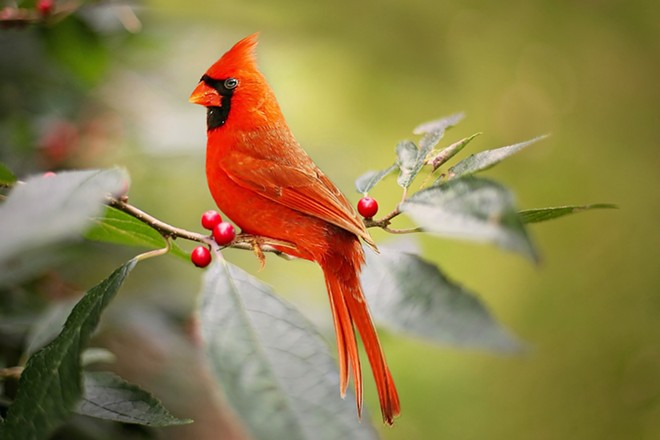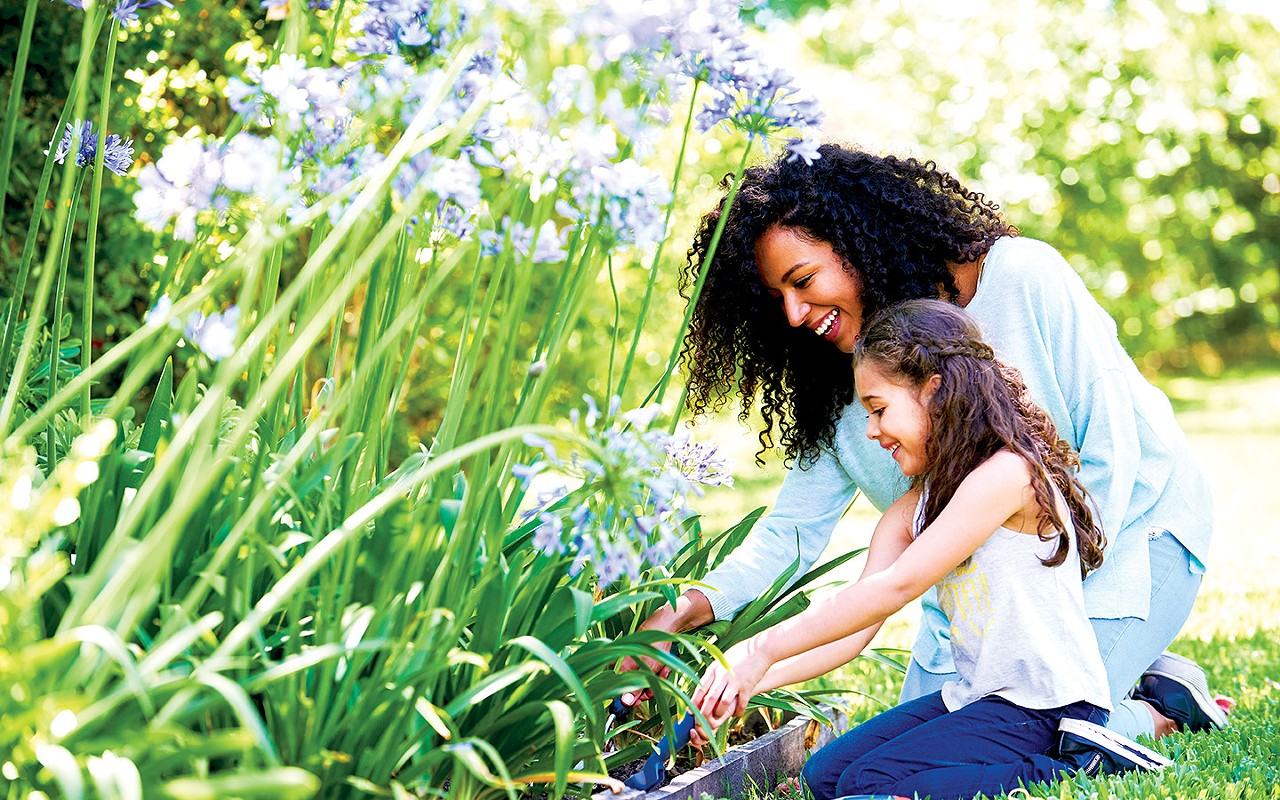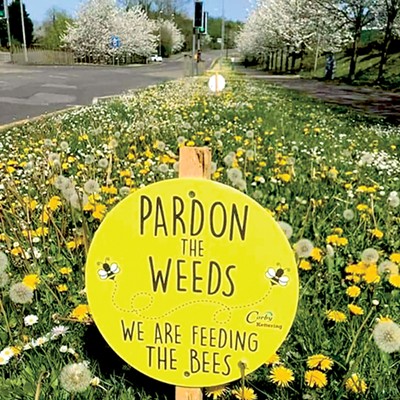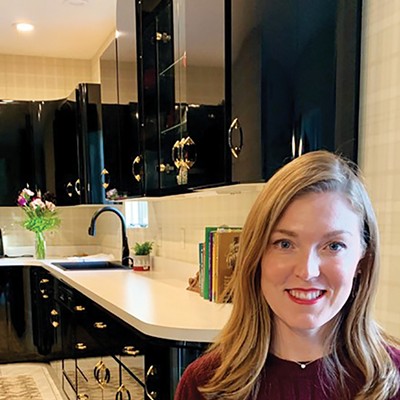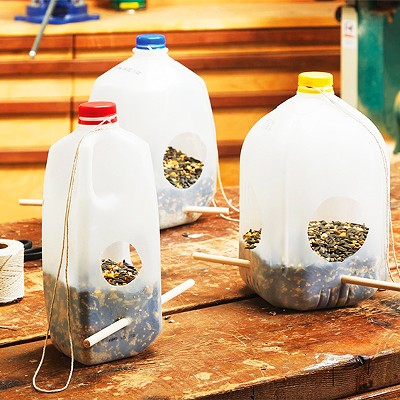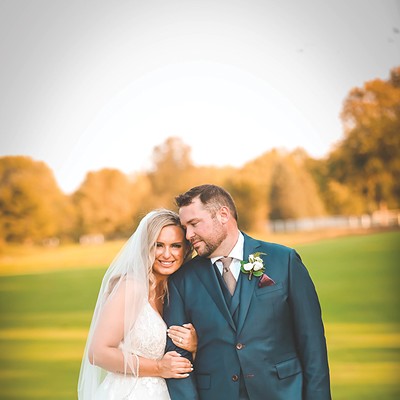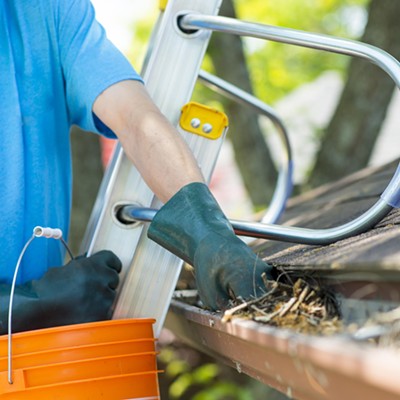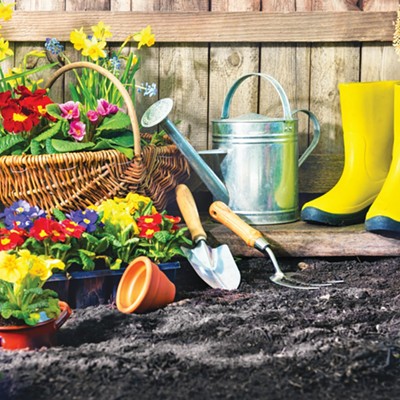According to the Illinois Department of Natural Resources, over 400 bird species have been recorded as living in or migrating through Illinois. More than one-third of the world's birds are migratory and will be moving back into their northern nests and perches this spring in order to meet, eat, mingle and mate.
Interest in backyard birding has grown enormously in the last three years, and many area residents may be wondering how to best tend to their avian visitors during the next few months. Wade Kammin, owner of Springfield's Wild Birds Unlimited, provides some tips on how to care for our local birds and their habitats this spring.
What types of birds are we seeing right now and in the next couple of months?
We will continue to see our year-round residents, such as cardinals, chickadees, titmice and many other regular feeder-birds. As of mid-April, we are just on the cusp of spring migration. During mid- to late April, many birds such as hummingbirds, orioles, indigo buntings and rose-breasted grosbeaks migrate from Central America. You may see a few of these exciting birds in April, as well as in May when the masses will arrive.
What are the main things to consider if you'd like to attract birds?
There are four main components to attracting birds: water, food, shelter and places to raise young.
A clean source of water will attract a wide variety of birds. The advantage of birdbaths over feeders is that there are some species of birds that never eat at a feeder, but every bird drinks water. Most birds will be attracted to a birdbath, especially if it features moving water such as a fountain. Another advantage to water is that it is relatively low maintenance, and there aren't really any ongoing costs. You simply change your water every day in the summer. A disadvantage to a birdbath is that it provides a shorter viewing time versus a feeder.
With feeders, some species at a feeder will have multiple repeat visits, either every day, or several times during a day. While birds are perched on a feeder, you'll have a longer time to view and observe them.
Regarding shelters and habitats, we know that the more plants and vegetation you have in your yard, the better birds you'll see. Plants of any source provide protection from rain, predators and wind. It is well understood that native plants attract native bugs, which are preferred by local birds as food sources.
Oak trees provide a habitat that is benefical to local birds. Oak trees host many types of caterpillars in the spring, which feed birds that are having babies. For example, a family of chickadees needs about 6,000 caterpillars to raise a brood of babies each spring. A native tree such as an oak easily hosts those insects and can feed those babies.
If you do have to have a tree removed, as we all do from time to time, consider making up for it by putting out birdhouses. Most of our residential neighborhoods don't have enough natural tree cavities, and this deprives birds of a nesting site. The more birdhouses we have out, the more nesting families we can have.
What advice do you have for newcomers and novices who are interested in birds?
If you are able to learn about local birds and their individual dietary and habitat needs, you will be much more successful in attracting these birds to your yard. Look at the quality of the products that you are purchasing. There are huge differences in quality between bird foods, and local birds want the preferred food. Low-quality foods won't attract birds and will spill seeds into your yard, often sprouting weeds. You should also consider if you'll need squirrel-proof feeders. If you can prevent these challenges from the start, your experience will be more enjoyable.
Pamela Savage is a freelance writer living in Springfield who has enjoyed learning more about birds and native plants over the last few years.

